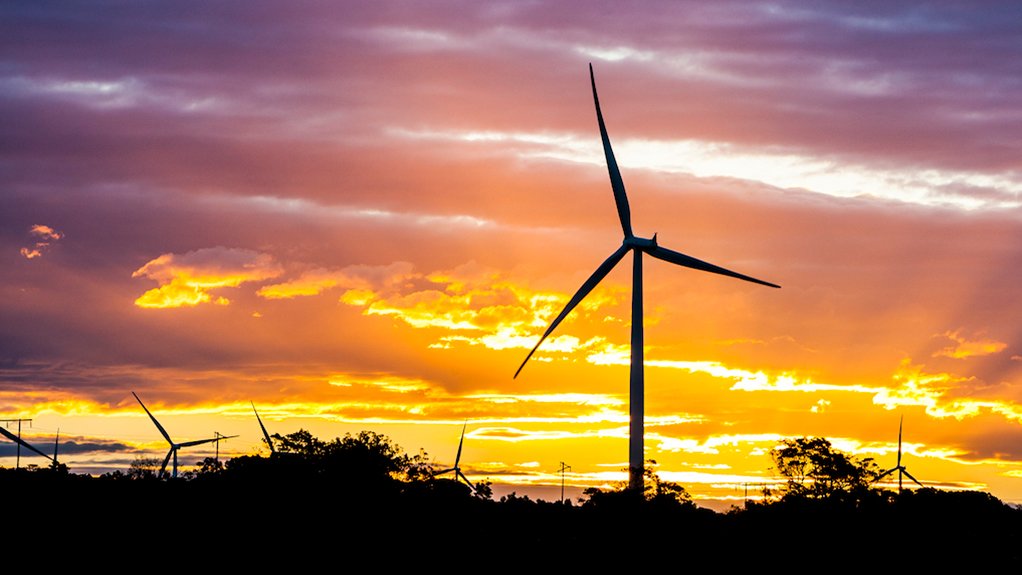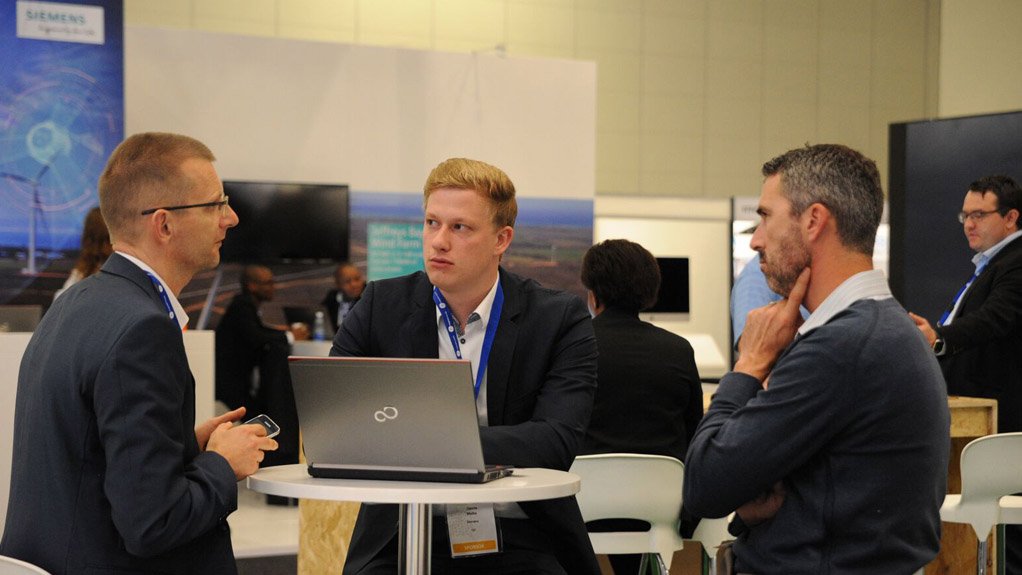South Africa’s ambitious Integrated Resource Plan serves as a “comprehensive roadmap” for meeting the country’s projected electricity demand, balancing financial considerations with climate change commitments to ensure a “sustainable and economically viable energy supply for the future”, says wind energy body South African Wind Energy Association (SAWEA).
Wind power, specifically, has achieved remarkable success in the country, with 34 operational wind farms boasting an installed capacity of 3 442 MW. About 3.6-million households are supplied with electricity a year – underscoring its efficacy as a dependable energy source.
Additionally, the social and economic advantages are substantial. With a significant investment of over R89.6-billion in wind energy, the sector has catalysed the creation of over 23 307 job years, with 82% of these being in construction.
South Africa is also at the forefront of one of the world’s most ambitious energy transition deals – the $8.5-billion Just Energy Transition Partnership with the US, the UK and the EU, which aims to phase out coal by 2035.
With coal dominating South Africa’s energy mix for decades, Mpumalanga emerged as the epicentre of the country’s power generation. Contributing as much as 80% of South Africa’s coal-fired capacity, the environmental and health implications have “cast a shadow” over the region, necessitating a transition towards more sustainable alternatives, avers SAWEA.
“In a province once synonymous with the towering chimneys and billowing smoke of coal-fired power plants, Mpumalanga is undergoing a remarkable metamorphosis, emerging as a pivotal player in South Africa’s dynamic renewable-energy landscape, with wind power in particular, driving this transformative shift,” says professional senior technical adviser Santosh Sookgrim.
He notes that, contrary to popular belief, the Cape regions are not the only provinces in the country ideal for wind energy generation, with Mpumalanga meeting international standards of a high-resource wind region.
Mpumalanga also has the necessary infrastructure to ensure a smoother transition to the existing grid, with the adjacent land and existing grid connections of former coal plants making it an ideal location for renewable- energy projects.
While there are no utility-scale plants in Mpumalanga at present, the recent financial closure of projects such as Seriti Green’s Ummbila Emoyeni wind farm project is promising, with the project touted to be one of the largest hybrid renewable-energy facilities in Southern Africa – generating 900 MW of energy upon completion.
The first phase of this project, a 155 MW wind facility, is set to be completed by the second quarter of 2026, with the project intended to supply mining and energy company Seriti Resources’ operations in the province.
This shift can be further illustrated by other large energy users such as chemicals companies Sasol and Air Liquide finalising a deal with energy solutions company Red Cap Energy to procure 330 MW of wind power from the Impofu Wind Cluster in the Eastern Cape, with the power set to be wheeled through State-owned power utility Eskom’s network to Sasol’s operations in Secunda.
When managed effectively, a just transition can significantly drive the creation of new and better jobs, promote social justice, and contribute to poverty eradication, says SAWEA. Additionally, it will involve the upskilling of the workforce to equip individuals with the necessary skills for emerging green industries.
To this end, the likes of training programmes offered by Nkangala Technical Vocational Education and Training College and the Komati Renewable Energy Training Centre have proven effective in bridging the gap between conventional energy-related courses and renewables training of the future.
It is crucial to note that there is a greater need for training centres to be developed in the region, not only to upskill those in the community, but to spark the social and economic development of these otherwise impoverished areas.
As the wind energy sector gains prominence as a leading source of clean power for the future, the youth must seize the opportunity to enter the rapidly expanding renewables job market, while, similarly, those in traditional energy roles must embrace upskilling to transition smoothly.
“As SAWEA, we advocate for a shift towards a cleaner energy mix in Mpumalanga, with wind energy taking centre stage. This transition not only promises environmental benefits, but also holds the potential to uplift communities, pulling them out of poverty through strategic investment in social and economic development initiatives,” says Sookgrim.
“By investing in clean energy infrastructure, Mpumalanga can pave the way for a brighter tomorrow, and champion the transition towards a cleaner, more resilient energy landscape, ensuring a legacy of prosperity and environmental stewardship for generations to come,” he enthuses.
Windaba 2024
SAWEA is the organiser of the 2024 Windaba conference, which will be held at the Cape Town International Convention Centre from October 1 to 3.
The event, supported by the Global Wind Energy Council, is celebrating its thirteenth year as the “foremost wind energy-focused gathering for the continent”.
SAWEA says this year’s event promises to deliver more “cutting-edge insights and discussions”, emphasising the sector’s growth and resilience.
“Windaba 2024 is more than a conference; it’s a catalyst for advancing South Africa’s renewable-energy agenda,” says SAWEA communications officer Morongoa Ramaboa.
Windaba 2024 provides a critical platform for knowledge exchange and collaboration, Ramaboa adds.
She concludes that Windaba 2024 invites stakeholders across the energy sector to participate in shaping the future of renewable energy in South Africa and beyond.
Edited by: Nadine James
Features Deputy Editor
EMAIL THIS ARTICLE SAVE THIS ARTICLE
ARTICLE ENQUIRY
To subscribe email subscriptions@creamermedia.co.za or click here
To advertise email advertising@creamermedia.co.za or click here















